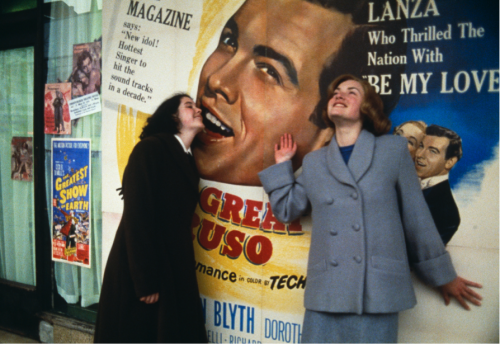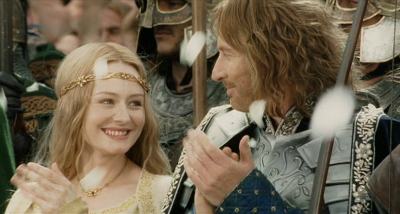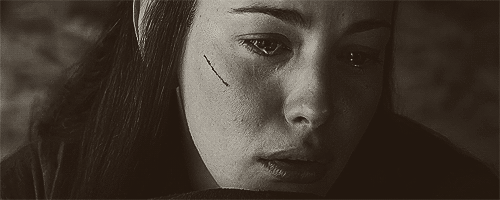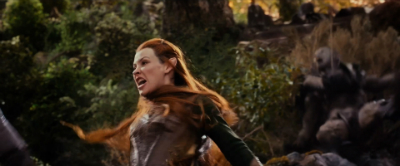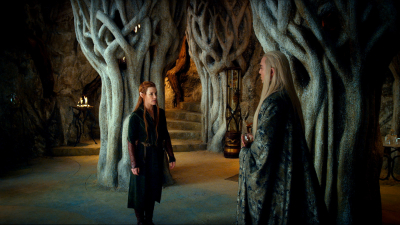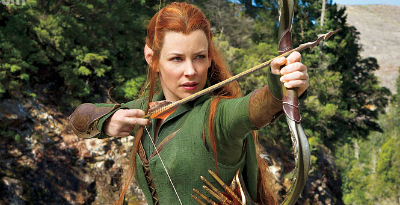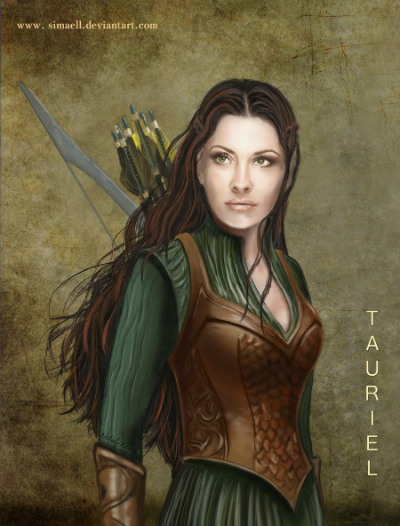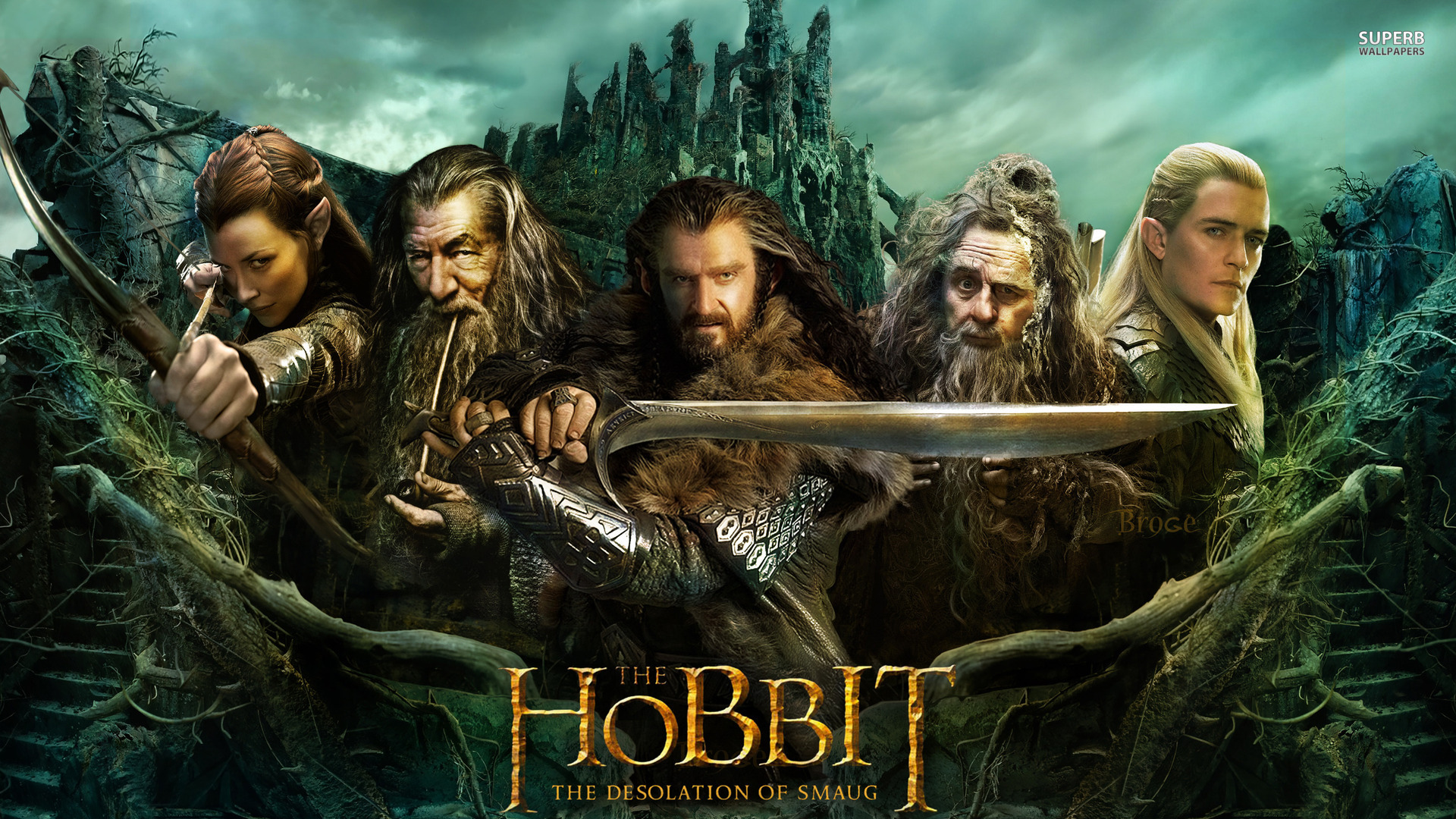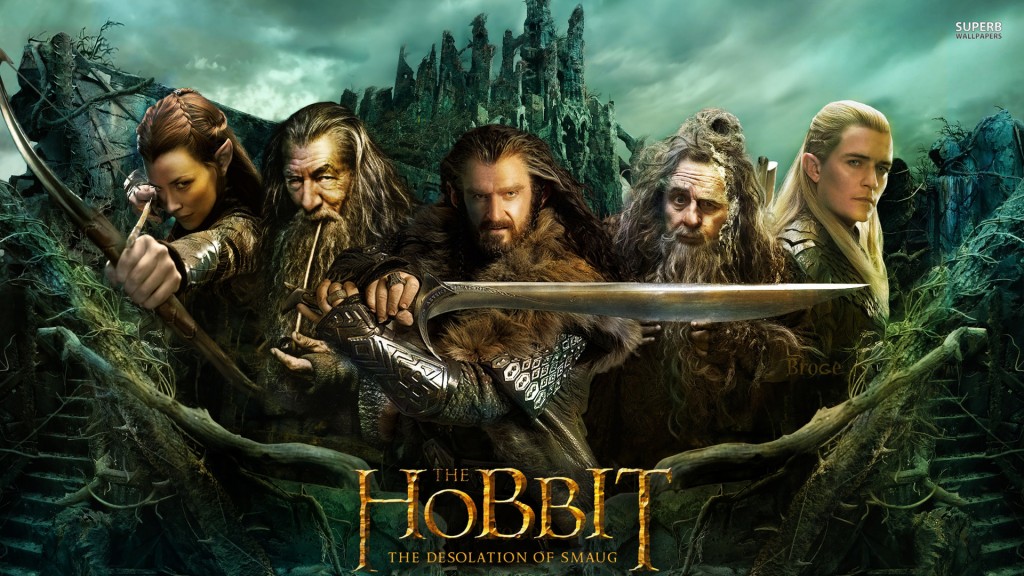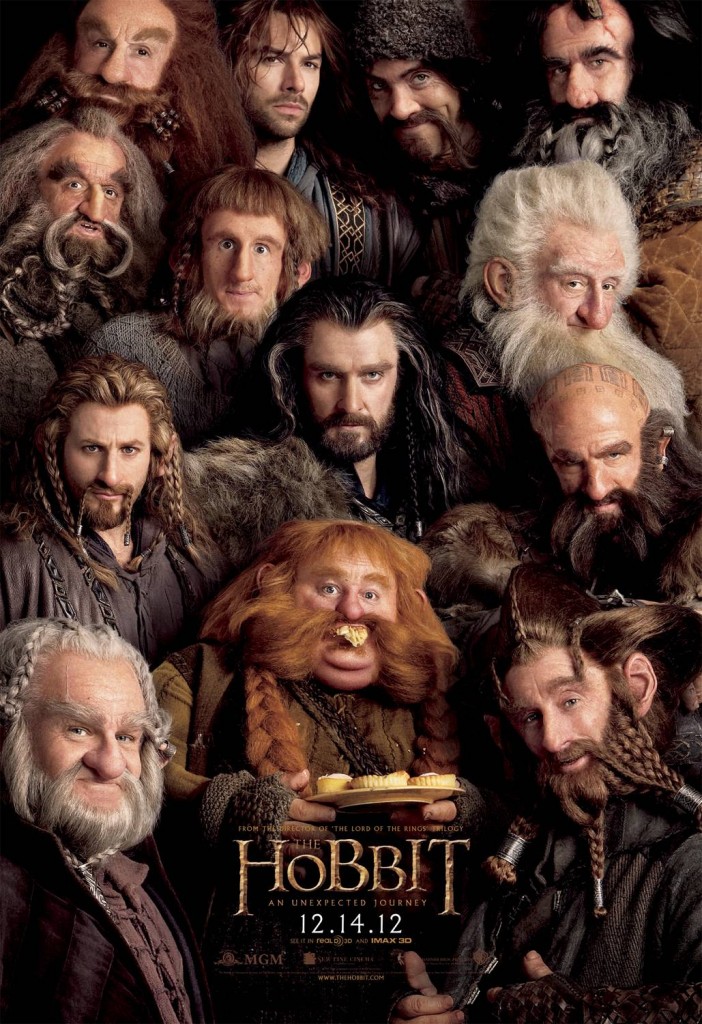This guest post by Caroline Madden appears as part of our theme week on Female Friendship.
1950s New Zealand was rocked by a sensational crime committed by two teenage girls who were best friends. Represented in Peter Jackson’s Oscar-nominated Heavenly Creatures, the power of female friendship drives of the story. Although the film is not representative of a typical female friendship, it nonetheless portrays the power and wonders of friendship between girls.
Screenwriter Fran Walsh said in an interview, “I’ve had very intense adolescent friendships. They were very positive, affectionate and funny, and I understood to a large degree what was so exciting, so magical about the friendship. And though it ended in a killing, the friendship itself is something people would identify with, particularly women.”
Kate Winslet and Melanie Lynskey play the friends Pauline Parker and Juliet Hulme. When Juliet is the new girl in school, Pauline begins to admire her because she’s so much that she is not–she’s from a well-born family, has freedom, and is rebellious. Her upbringing is complete opposite of Pauline’s humble home, one that is always overcrowded with boarders so her embarrassing working class family can have more money. The two quickly become fast friends. Their interactions in Heavenly Creatures pass the Bechdel test with flying colors. It is one of the few films that both passes this test and lets the audience in on the innermost thoughts of female lead characters.
While there is a scene where Pauline discusses her first sexual experience with a man, the girls want little to do with men, or even care what they think. Their bond and friendship is the sole driving force of their psyche and actions. The only man they really care about is Mario Lanza. They share an affection and obsession for the Italian crooner, fawning over him and erecting a shrine in his honor.
Juliet and Pauline talk about so much more than men. They talk of their past, frustrations with their family, feelings of abandonment, and their hopes and dreams of traveling the world. The girls share everything under the sun–their passions and desires, what excites or frightens them. There’s no room for just talk of men; their conversations encompass so much about life, for female friendship holds so much more than that.
The most important aspect of Juliet and Pauline’s friendship is their imagination and love for creativity. Together, they create an imaginary world, “The Fourth World,” that they can escape to and be happy. The girls also invent imaginary characters with an intricate history of royal lineage, stories of the kingdom of Borvonia. They make plans to create novels of their detailed stories, a soap-opera tale of romantic intrigue. They construct their royal characters out of clay, play-acting their characters.
Peter Jackson shows the girls interacting and playing in these worlds. “The Fourth World” is a beautiful garden. Borvonia is a dark and delightfully wicked world of castle intrigue and courtly love. Seeing the girls in the worlds they’ve created demonstrates the extent of the fantasies and the pleasures their imaginative and playful friendship brings. Pauline and Juliet have an intense friendship; they don’t want anyone to stand in their way of spending time together or stop the joy that it brings for them.
There is an often-debated issue of whether or not the girls were lesbians, something famously conjured up during the case. With female friendship, girls are allowed to be close, unlike male friendship where men don’t physically show affection (which would be seen as demeaning themselves by displaying femininity). Girls can give each other a kiss or hold hands and usually nothing is thought of it.
Female friendship is often allowed to have more of a physically close expression.
In the film, Pauline and Juliet are shown giving chaste kisses, holding hands, and cuddling. The parents are fine with it at first, but as time goes on they begin worrying that their friendship is becoming– filmed in a mocking close-up of them saying –“unwholesome.”
The film mocking the parental concern can be representative of Jackson’s own views on the girls’ relationship. He has said, “I don’t think their relationship was sexually based. I think there was a lot of exalted play acting and experimentation involved and, to be perfect honest, I don’t think it’s a relevant issue.” Peter Jackson has also been quoted stating that the question of the girls’ sexual orientation is more of a “red herring.”
Certain of his views, Jackson does not choose to draw conclusions about the girls’ friendship; he does not attempt to categorize them or try and discover what they affections for one another really were. The film deliberately attempts to leave the exact nature of their bond, homoerotic or not, open to interpretation. While there is a scene where there are in bed together, naked and kissing, it reads as more affectionate than sexual, overall ambiguous.
Peter Jackson uses the fantastical elements of their imaginative world put the film in a space that is not a realist drama, but more of an objective truth. He also uses his flourishing cinematic embellishment as a way to get inside the heads of young teenage girls, swept away by the magic of youth and allure of close friendship. These girls were all but 16, a time when friendships and events can feel like life or death, or the world ending. He was interviewed saying, “What attracted me to this story was that it was complicated, about two people who are not evil, not psychopaths but totally out of their depth. Their emotions got out of control. They were devoted to each other and felt no one else in the entire world understood them. They felt their world would fall apart if they were separated.”
Heavenly Creatures refuses to connect the girls’ murderous impulses to a deviant sexuality. There is no moment in the film where the friendship turns from innocent to dangerous. In the real-life trial, psychologists and lawyers were trying to prove that the girls were lesbians in order to convict them as “insane,” since homosexuality was considered a mental illness at the time. The headline-grabbing accusations may have truth to them, who is to say? But Jackson makes the right choice (and most likely more truthful choice) for portraying them in the light of a close friendship rather than a crazy-lesbians trope.
Heavenly Creatures may not show a “normal” female friendship, but Jackson does portray, before the madness of the murder descends, young women who have so much more to do than talk about boys. Pauline and Juliet are complex girls with fantasies, dreams, and wild imaginations. Heavenly Creatures shows the joy that the bond of a deep and powerful friendship between young women can bring.
Caroline Madden is a recent graduate with a BFA in Acting from Shenandoah Conservatory. She writes about film at Geek Juice, Screenqueens, and her blog. You can usually find her watching movies or listening to Bruce Springsteen.
